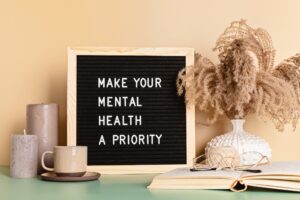Nursing homes take several measures to protect their residents from dangerous objects and ensure their safety. Here are some common practices:
Risk Assessment: Nursing homes conduct regular risk assessments to identify potential hazards and evaluate the safety needs of their residents. This helps them identify dangerous objects or situations that may pose a risk.
Safety Policies and Procedures: Nursing homes establish and enforce safety policies and procedures. These guidelines may include rules regarding the use and storage of dangerous objects, such as sharp utensils, cleaning chemicals, or medications.
Staff Training: Nursing home staff members receive training on resident safety, including the identification and handling of dangerous objects. They learn about proper storage, disposal, and handling techniques to minimize the risk of accidents or harm.
Environmental Modifications: Nursing homes may implement environmental modifications to reduce the risk of accidents. This can include installing handrails, removing or securing potentially dangerous objects, ensuring adequate lighting, and maintaining clear pathways.
Locked Storage: Dangerous objects or substances, such as cleaning supplies or medications, are often stored in locked cabinets or designated areas. This restricts access to residents and ensures that only authorized personnel can handle or distribute them.
Supervision: Adequate supervision is crucial to prevent residents from accessing or misusing dangerous objects. Staff members regularly monitor residents, especially those with cognitive impairments or behavioral challenges, to ensure their safety.
Assistive Devices: Residents who may be at risk of self-harm or injury may be provided with assistive devices, such as bed alarms, chair alarms, or wander management systems. These devices help alert staff members if a resident tries to access a dangerous area or object.
Resident Education: Nursing homes may conduct educational programs or provide informational materials to residents and their families, highlighting the importance of safety and the potential risks associated with certain objects or activities.
Regular Inspections: Nursing homes perform routine inspections to identify and address any safety concerns promptly. This includes checking for damaged or malfunctioning equipment, loose handrails, or other potential hazards.
Collaboration with Healthcare Professionals: Nursing homes often collaborate with healthcare professionals, such as physicians, pharmacists, or occupational therapists, to ensure resident safety. These experts can provide recommendations and guidelines for managing potential risks and minimizing the presence of dangerous objects.
It’s important to note that practices can vary between nursing homes, and specific safety protocols may depend on the needs and capabilities of the residents. Nursing homes aim to create a safe and secure environment by implementing a combination of preventive measures, staff training, and continuous monitoring.







